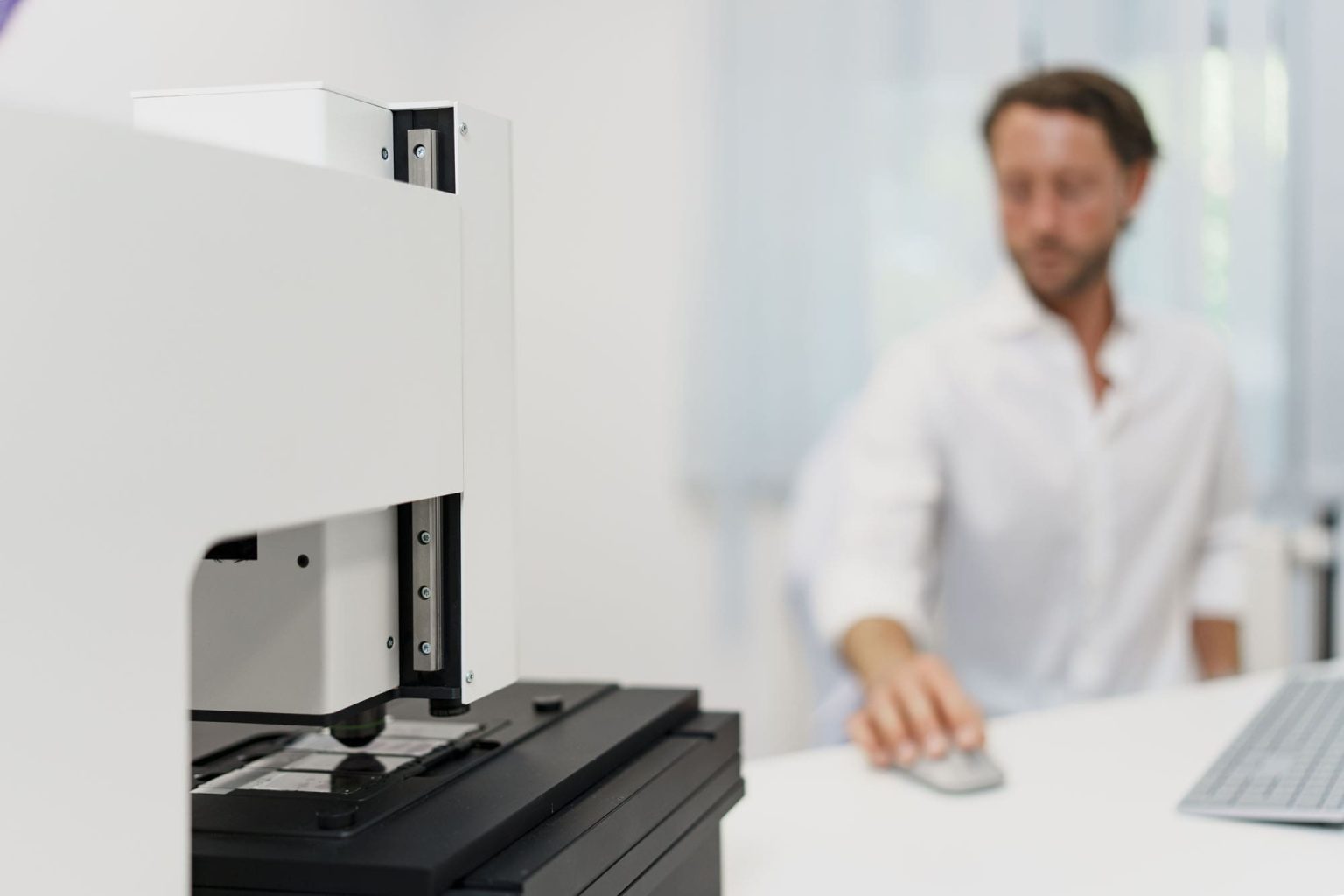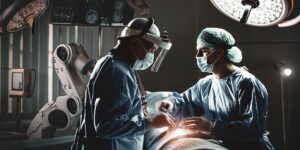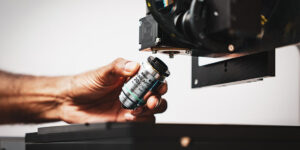In modern medicine, the importance of quality diagnostics cannot be neglected. A critical area in modern medicine is digital pathology, a fast-growing field that could help revolutionize the procedure for high-quality cancer diagnostics. Digital imaging technology is used to manage the images of tissue samples, which includes their capture, storage, and image analysis. The technology is highly effective in cancer diagnostics.
In digital pathology, pathologists can very easily zoom the areas of interest and enhance the contrast of images to research the samples. The pathologist analyzes the sample, makes the diagnosis, and sends it to the specialist, who decides on the patient’s treatment or contacts the specialist pathologist to discuss the case.
Quality, Speed, and AI for Efficient Cancer Fighting
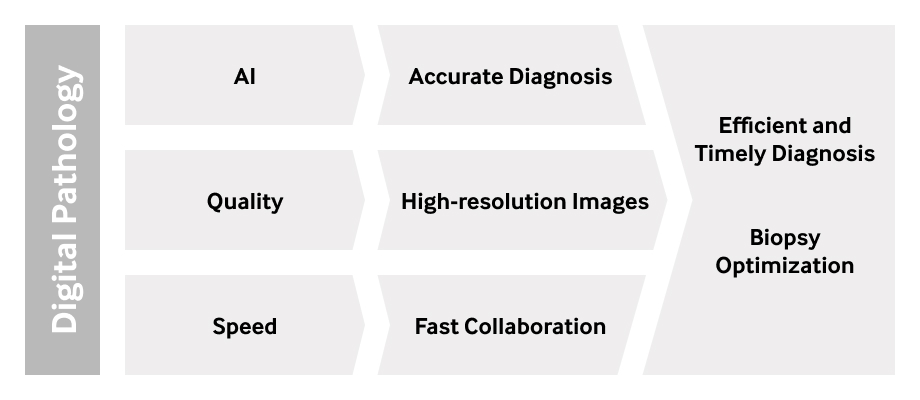
Digital pathology ensures pathologists achieve the best possible efficiency in cancer diagnosis. In traditional pathology, the images of tissue samples are shown on glass slides. Handling of these glass slides can be time-consuming, so digital pathology is unquestionably a better option. The images are stored digitally and can be accessed at any time.
Improved Patient Experience through Digital Pathology
Digital pathology also benefits patients directly by reducing the need for repeating biopsies. The images of tissue samples from previous biopsies can be analyzed efficiently, and the pathologist can determine if a new biopsy is necessary.
Stay Ahead with Insights from Precipoint!
Welcome to our newsletter! Be the first to know about our latest products, services, webinars, and happenings in PreciPoint. Don't miss out on this opportunity to stay informed. Subscribe to our newsletter today!
By clicking “Subscribe”, you agree to our privacy policy.
Revolutionizing Cancer Diagnostics with AI
When AI is combined with imaging technology and reporting tools, it brings a revolution in cancer diagnostics and creates more personalized treatment programs. Traditional pathology relies in some measure on subjectivity. Its limitations result in diverse variations of the diagnosis, especially if more experts are included.
Objective and Efficient Diagnosis with Digital Pathology
Contrary to that, digital pathology uses computer-aided diagnosis (CAD) systems. CAD systems help pathologists be more objective and efficient. The consistency of the diagnosis is also achieved by using standardized image analysis.
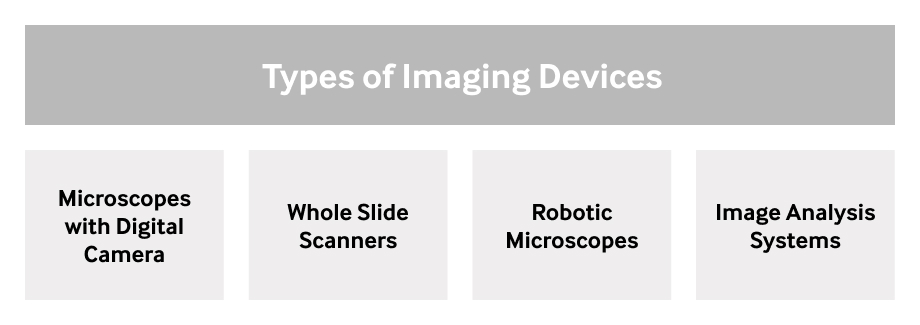
Role of CAD Algorithms in Digital Pathology
CAD algorithms take digital pathology to the next level. It provides a large quantity of data regarding high-quality tissue images. CAD systems are trained to recognize certain patterns and features that are associated with cancer, like abnormal cell growth or abnormal cell structures. CAD algorithms enable automated analysis of many digital images. When done manually, this takes a long time and frequently results in errors. Digital pathology reduces errors and improves the efficiency of the diagnostic process. CAD systems also allow the creation of a database of images and patient data for future reference. This can be very helpful in tracking disease progression and treatment outcomes. The CAD system can identify specific patterns and features associated with the disease, making the whole diagnostic process more efficient and effective.

